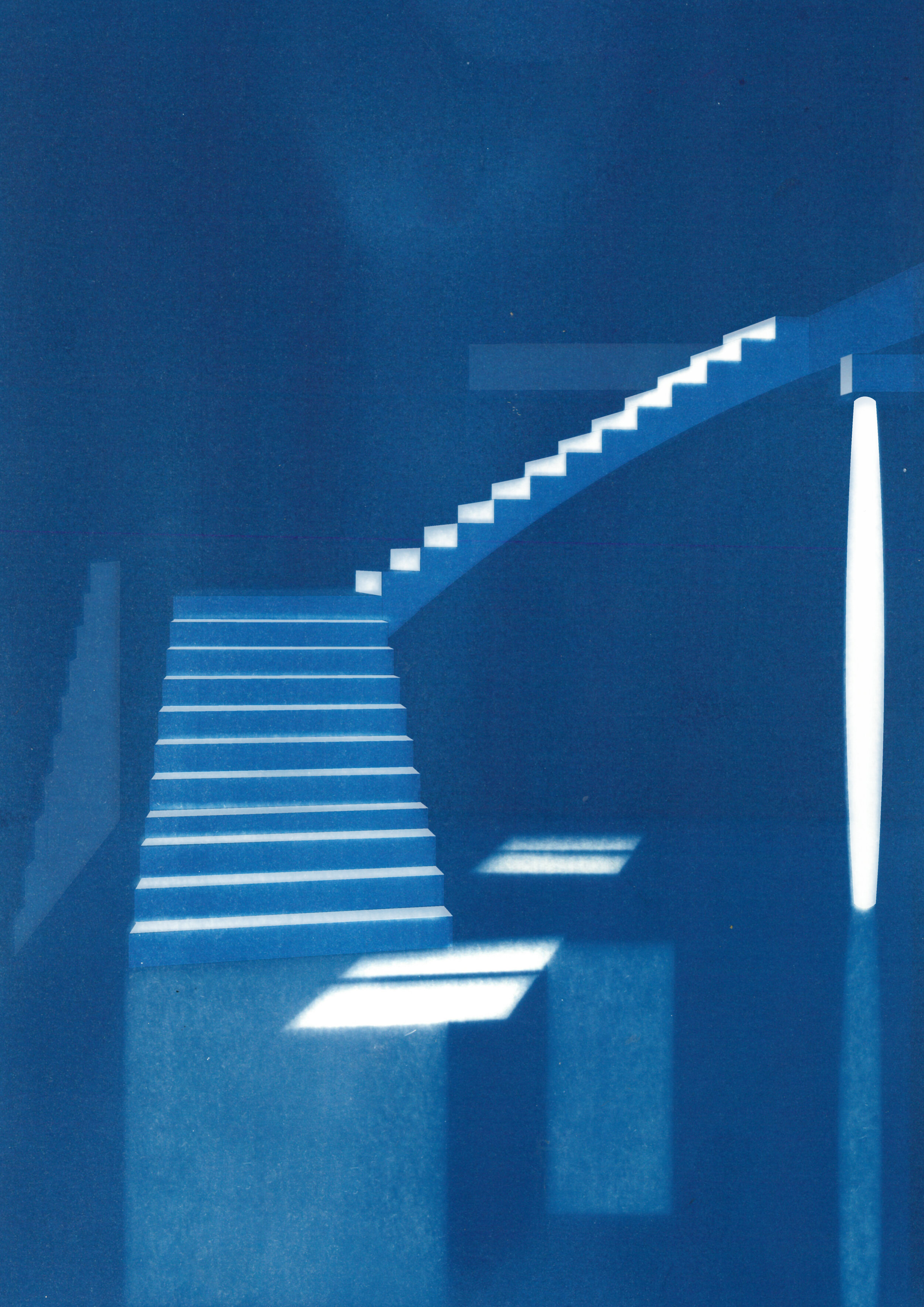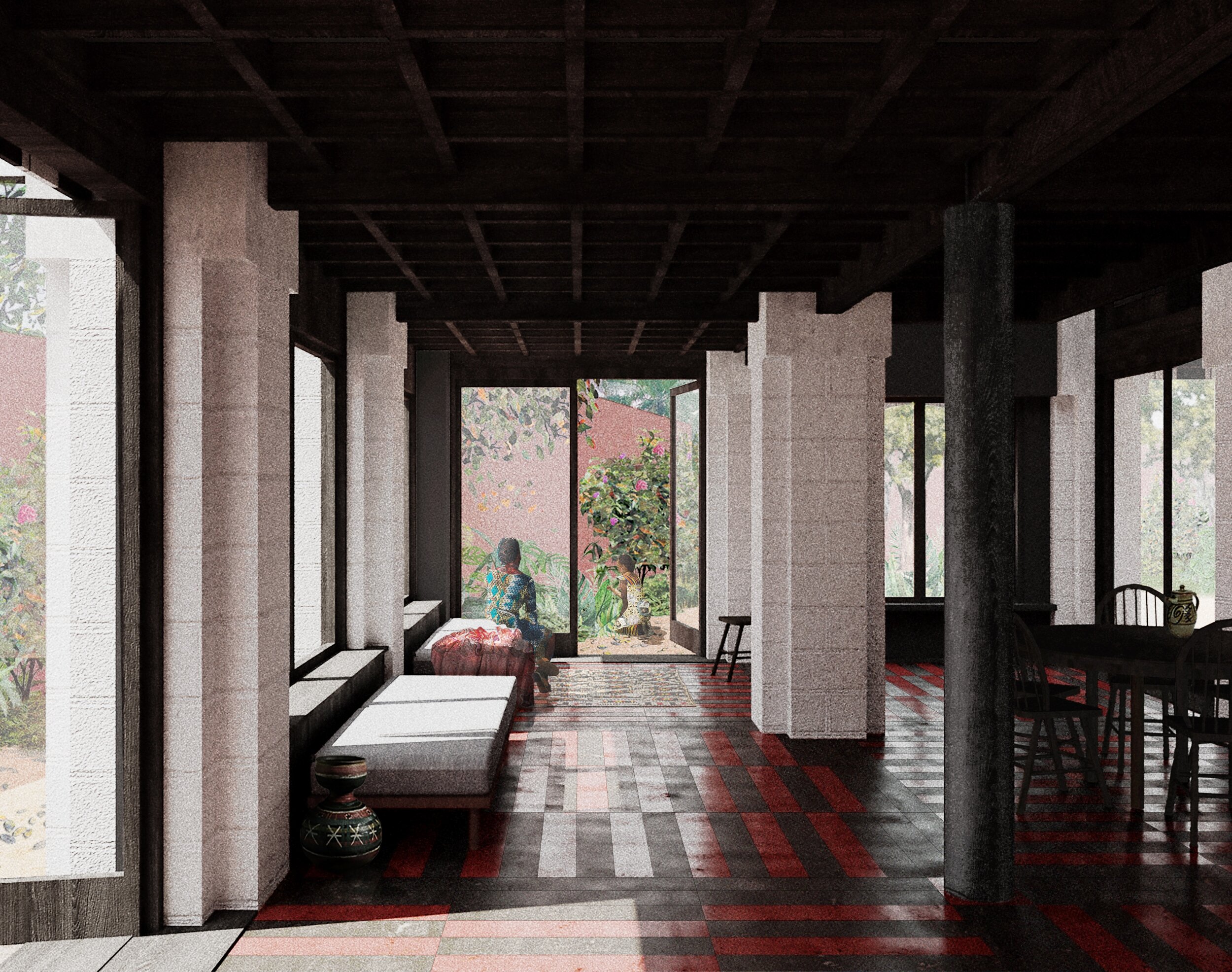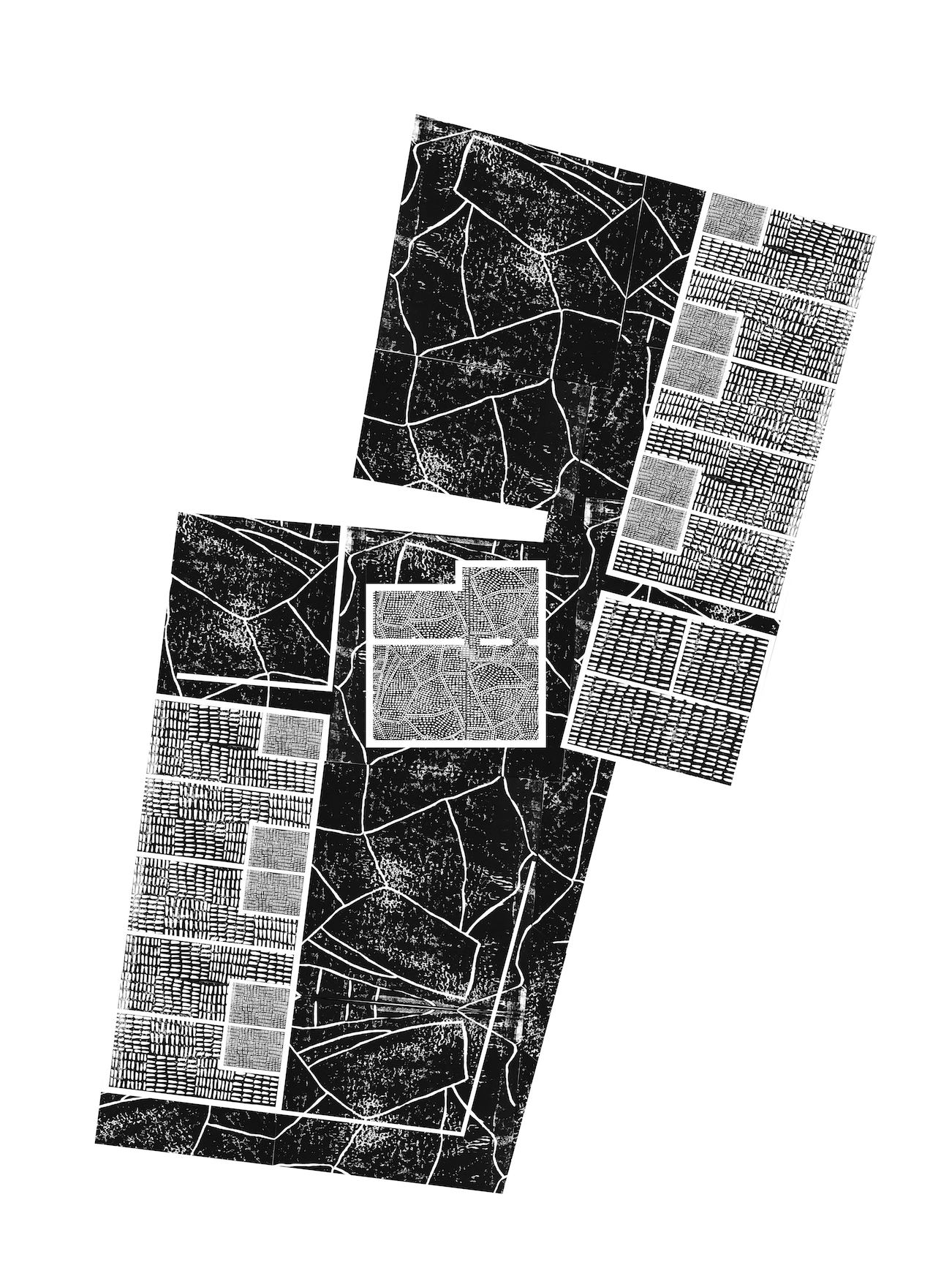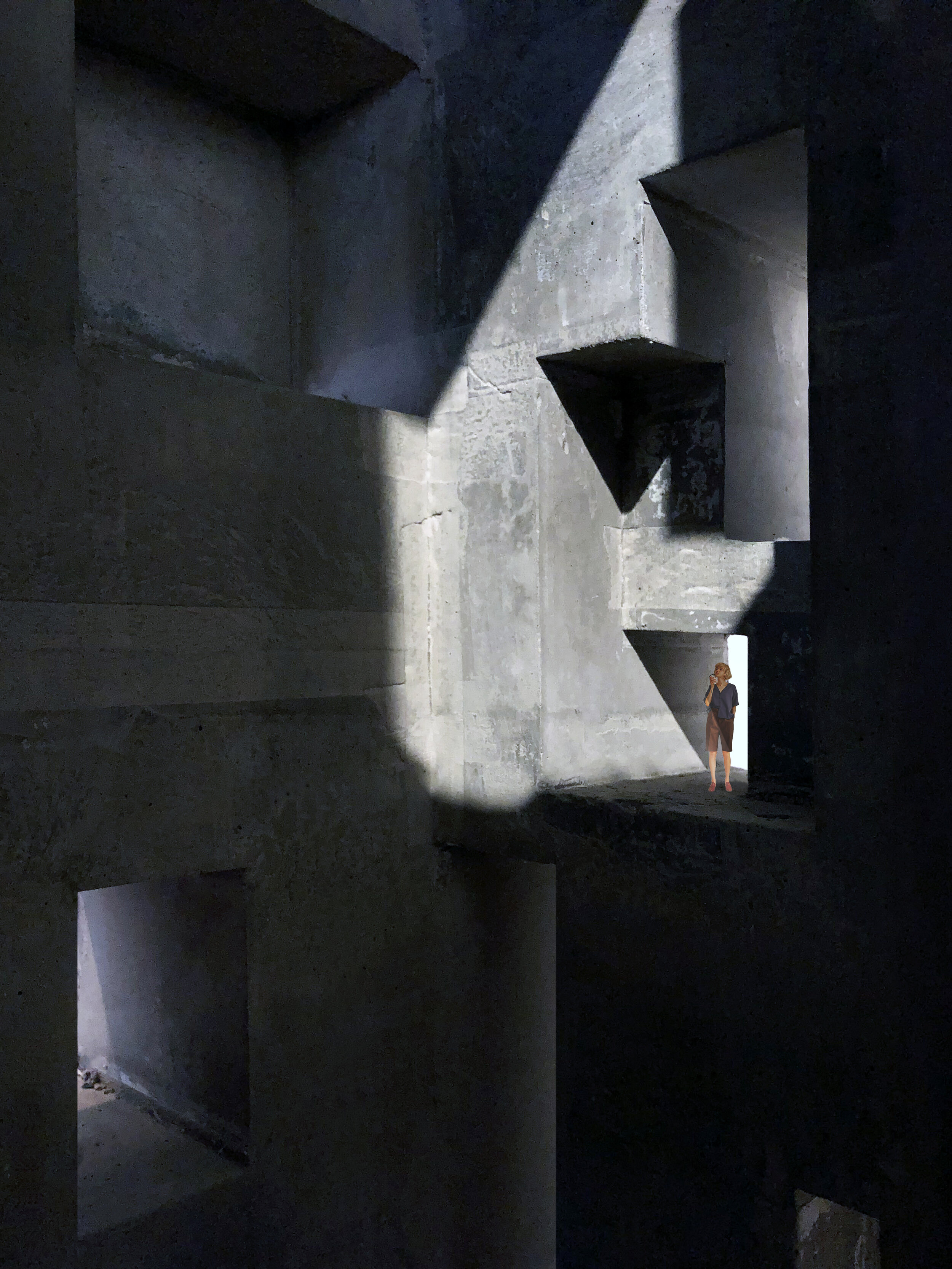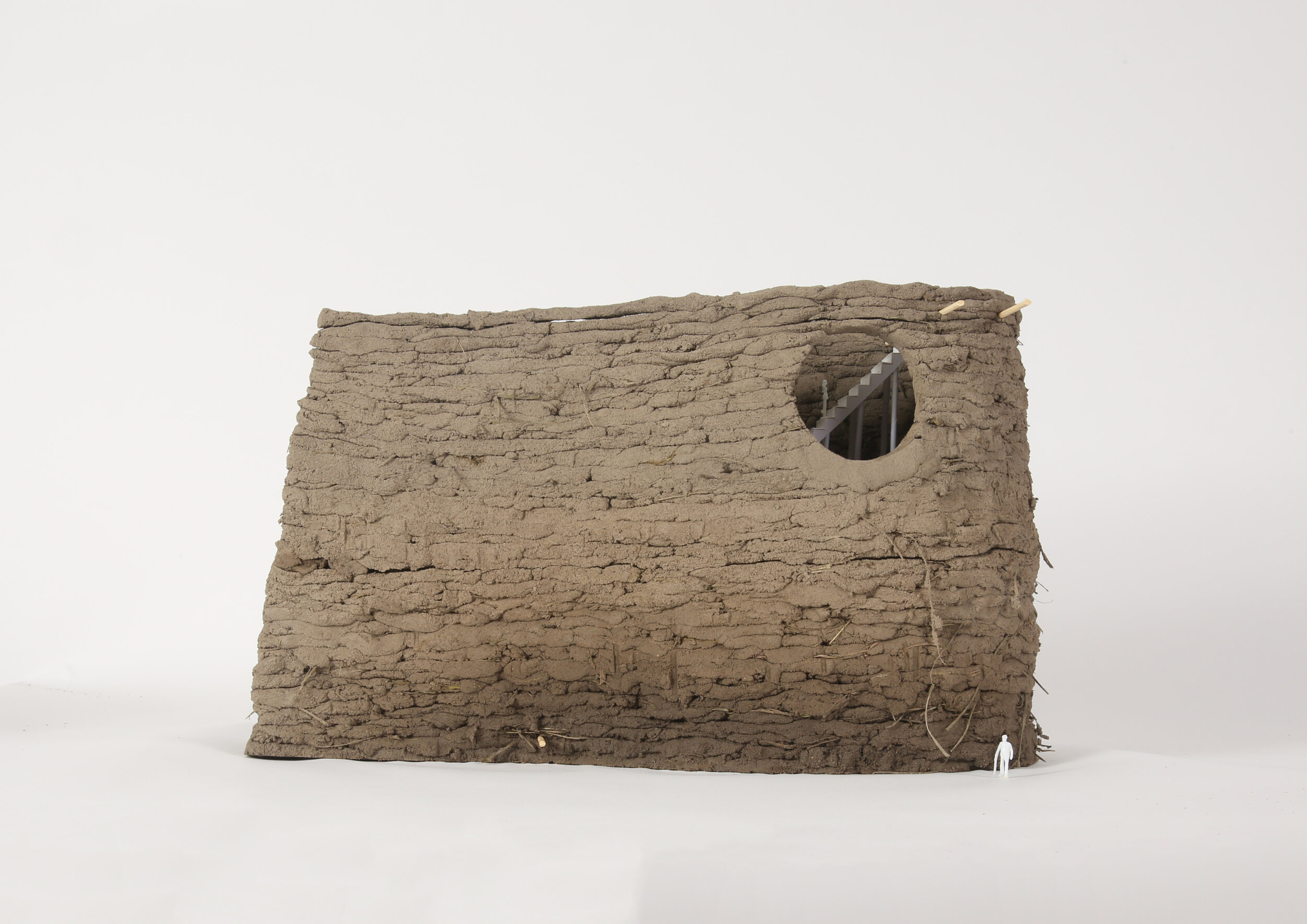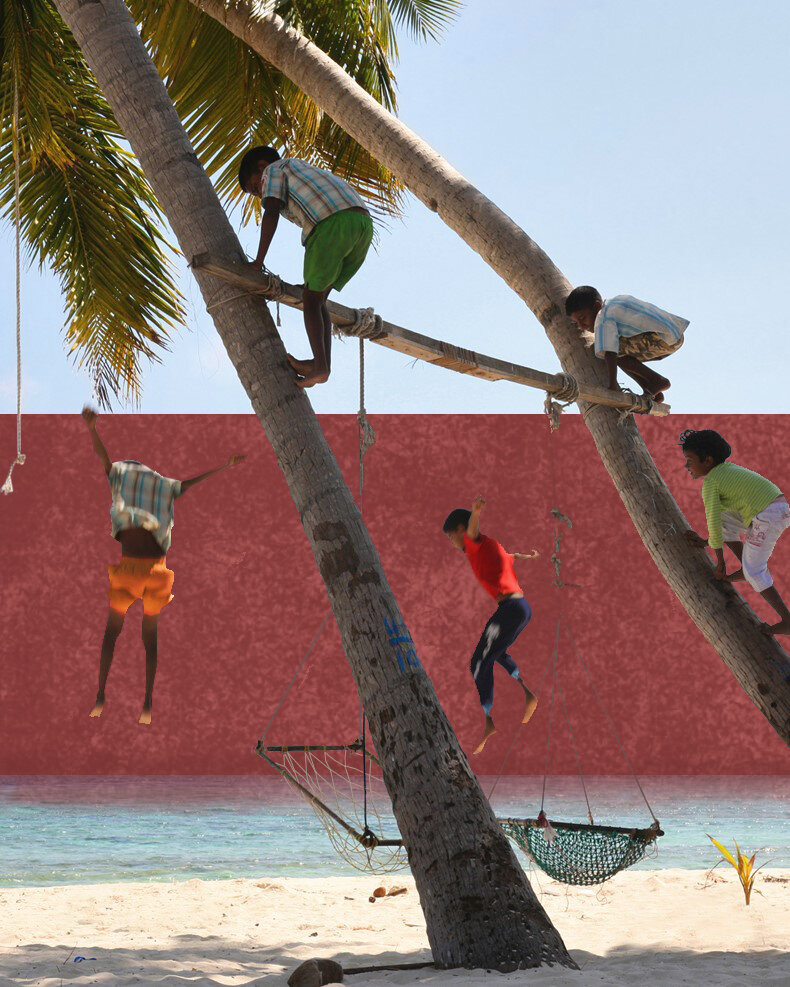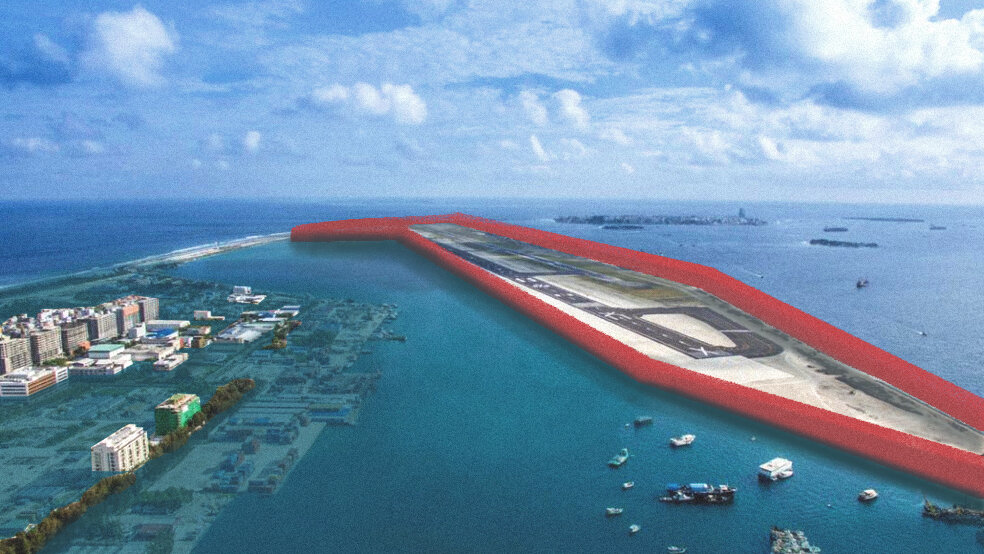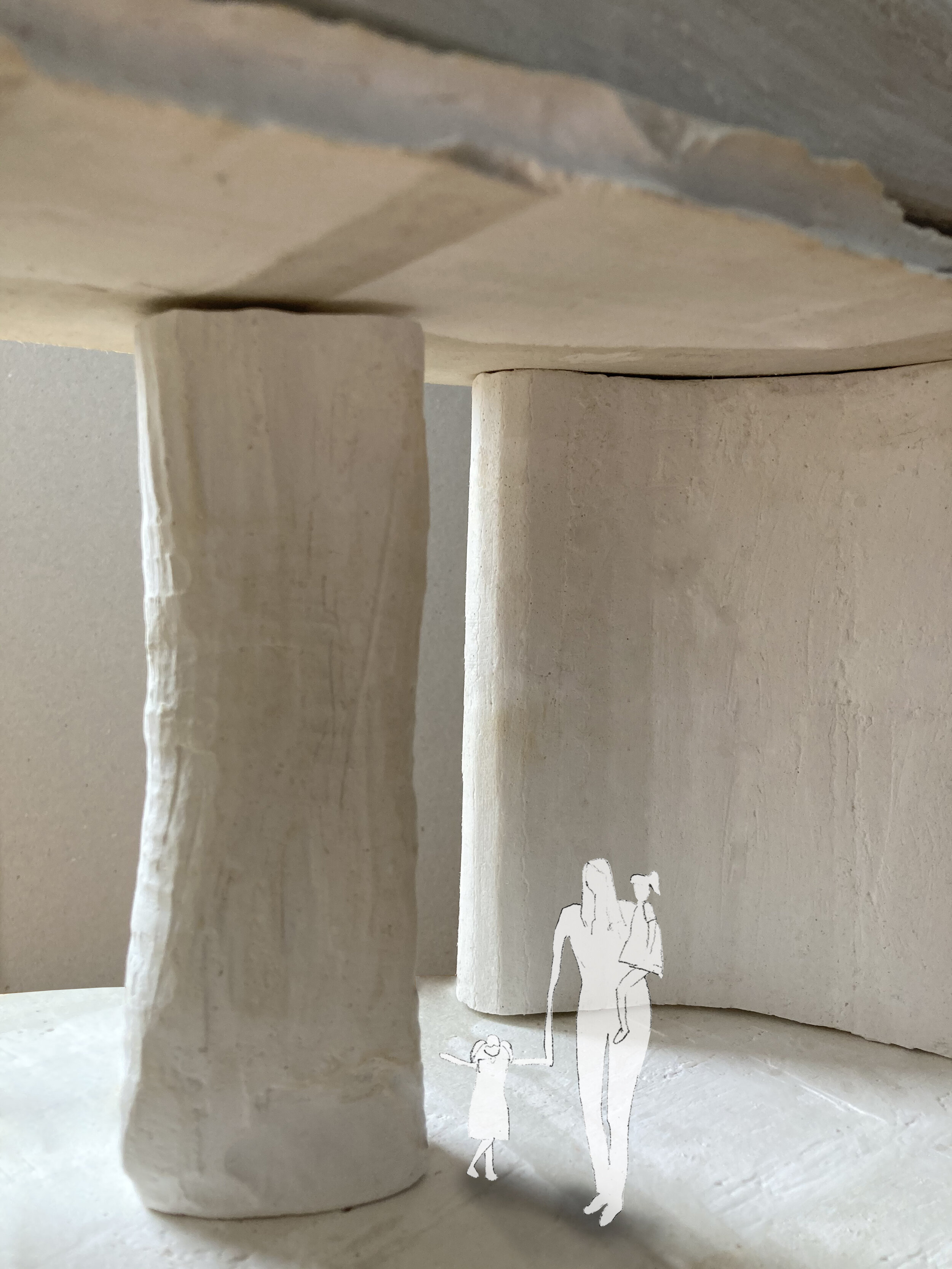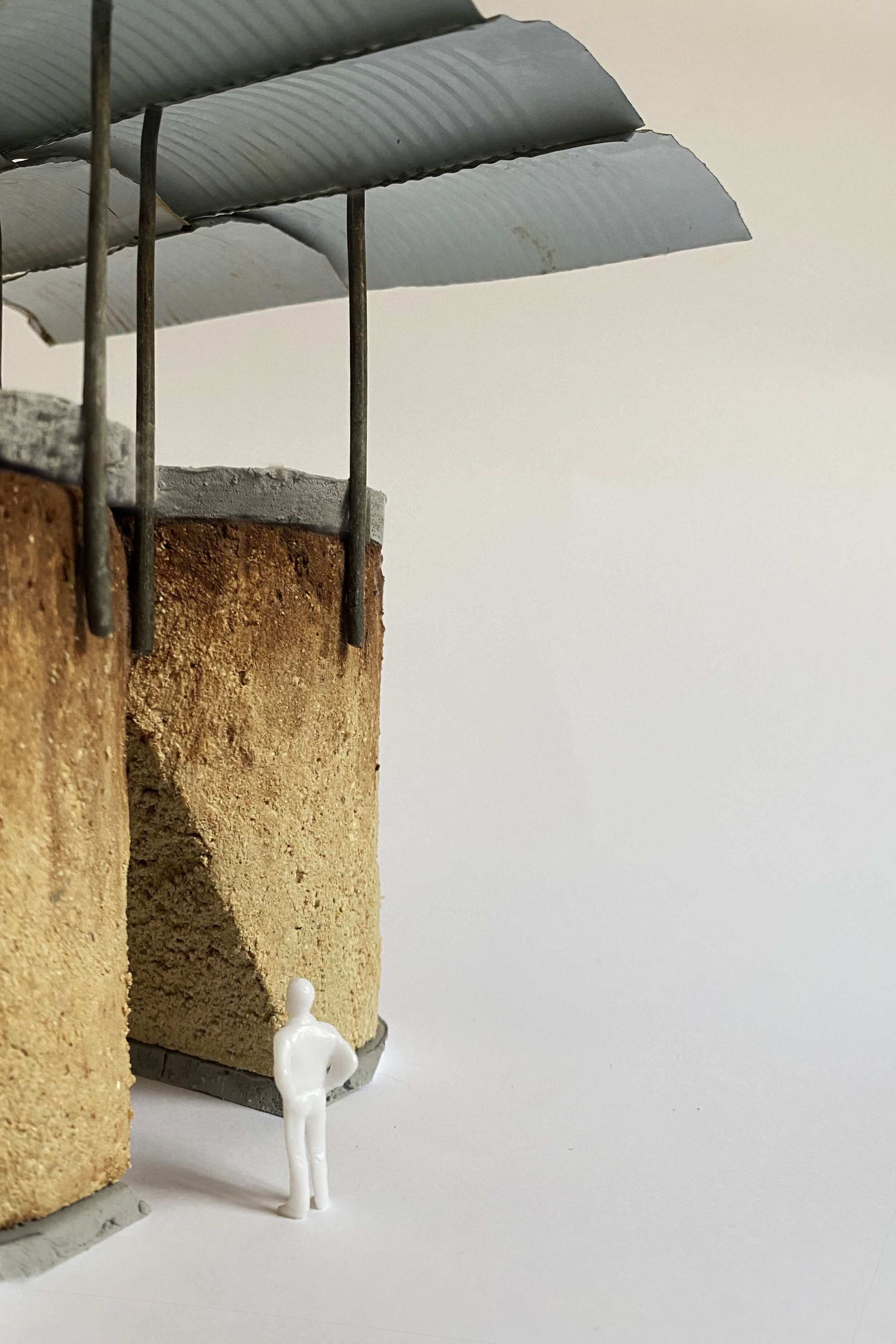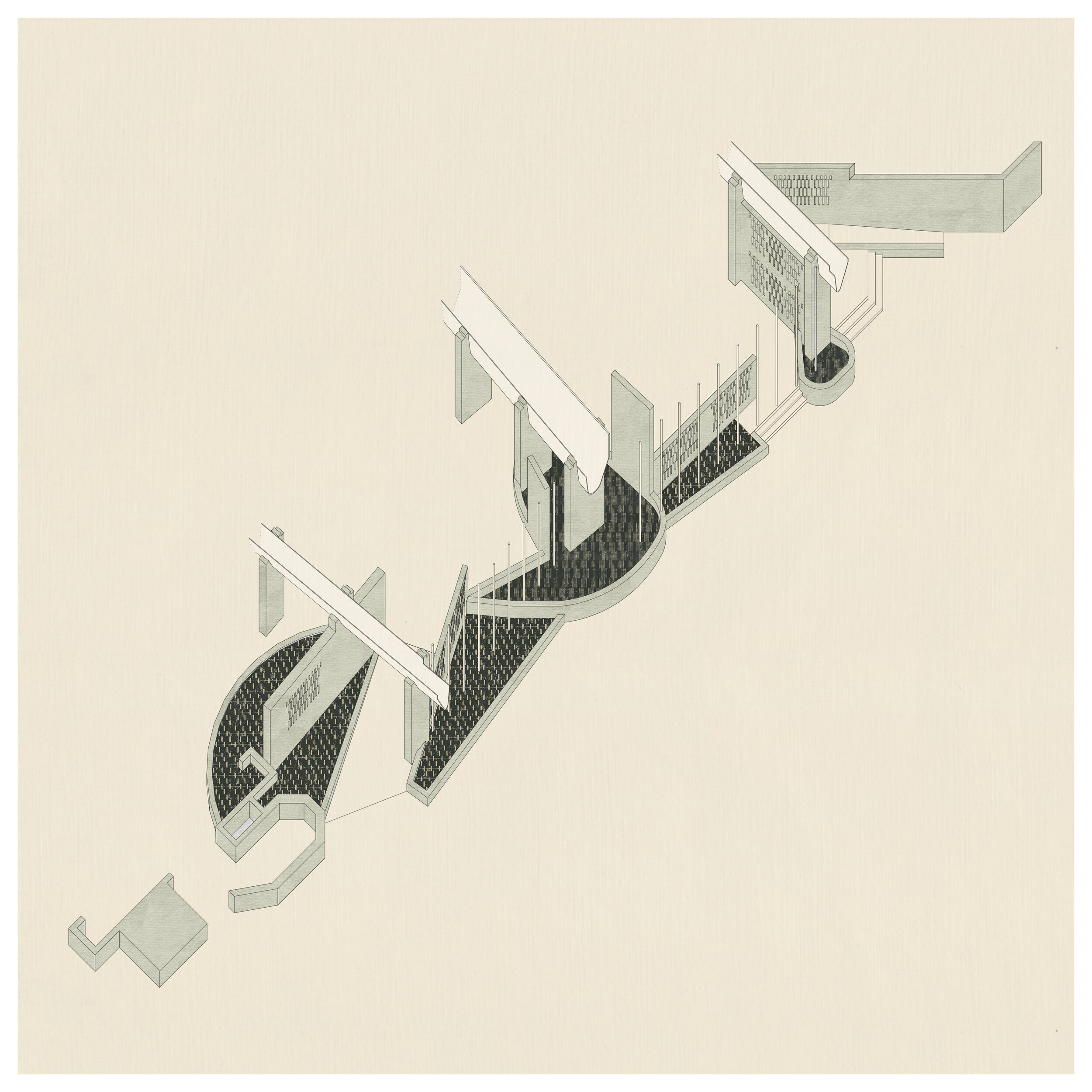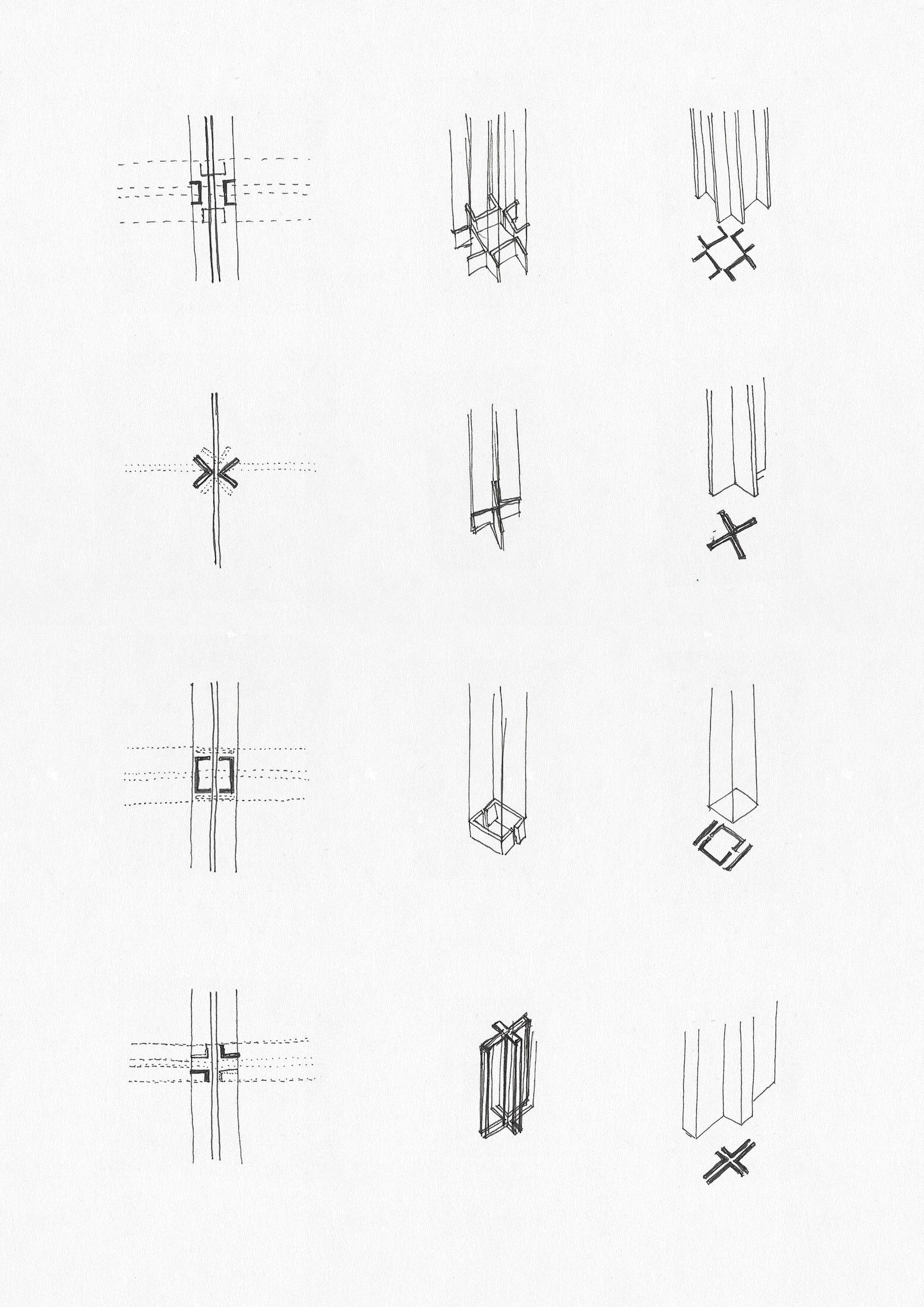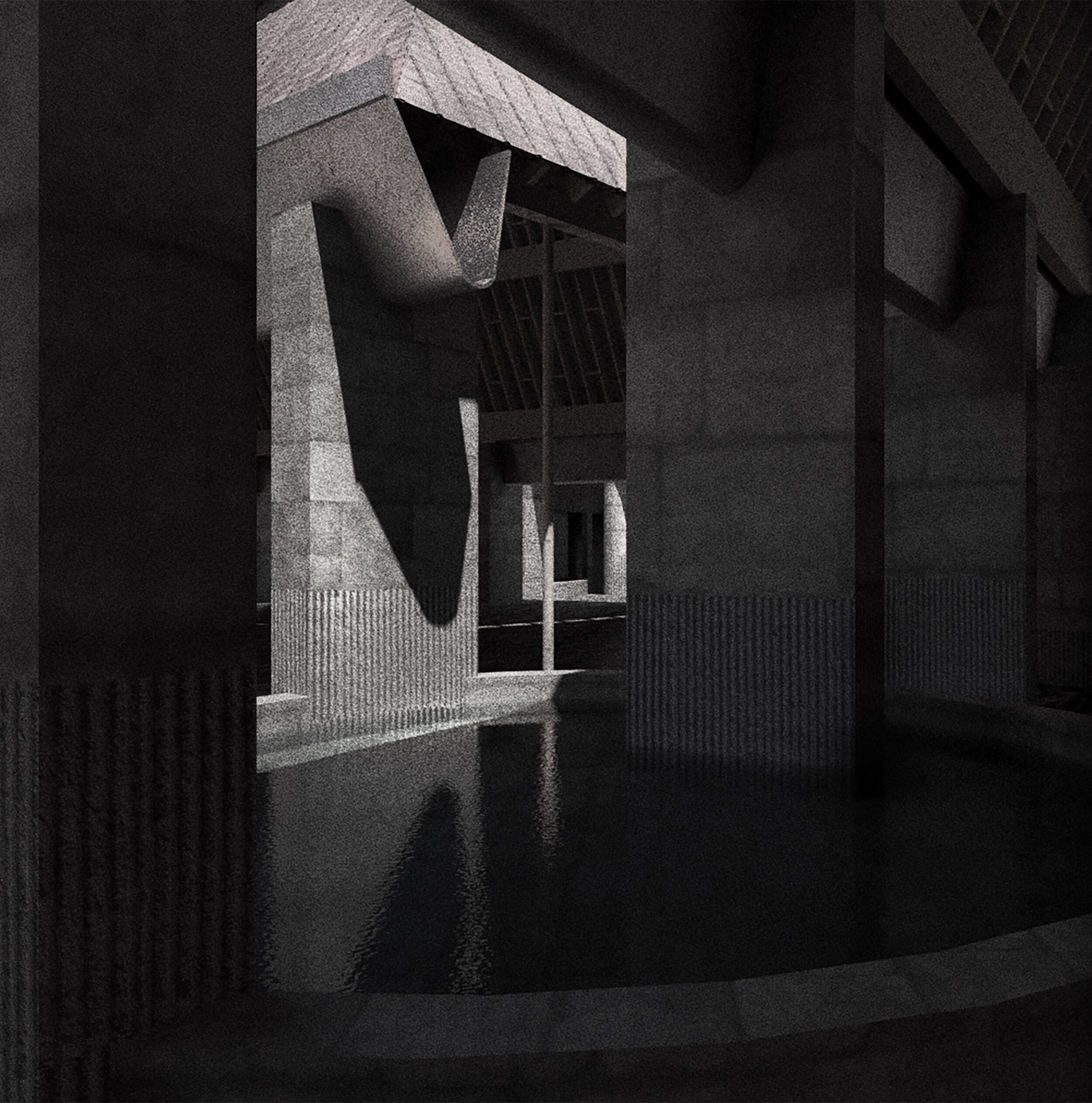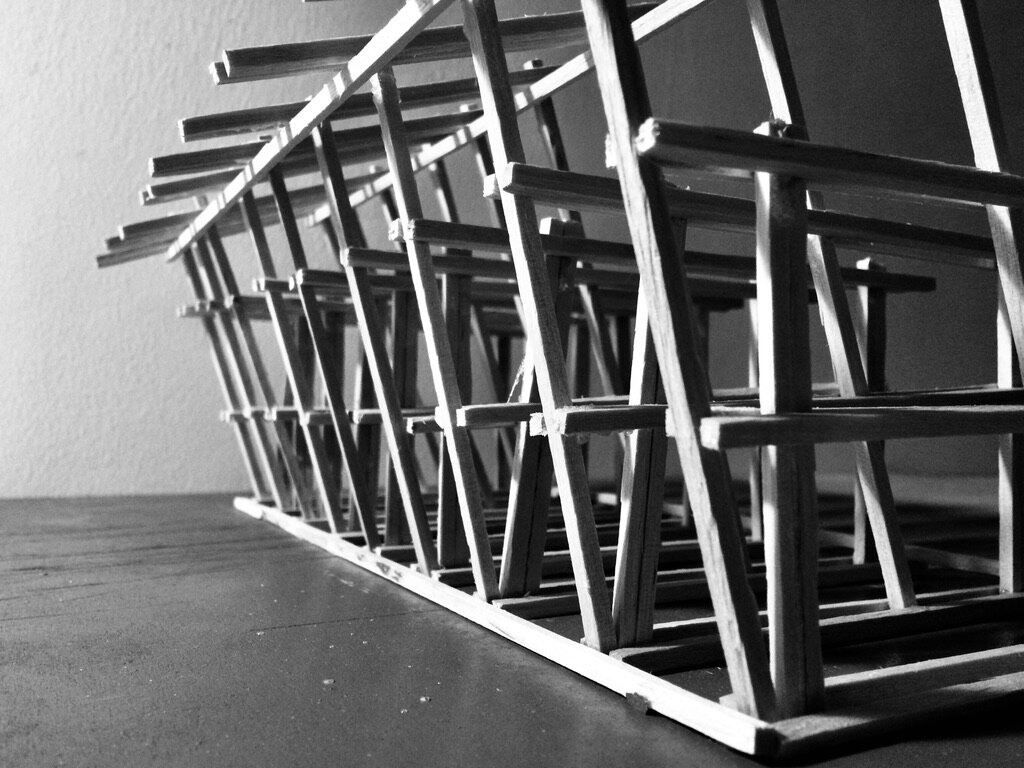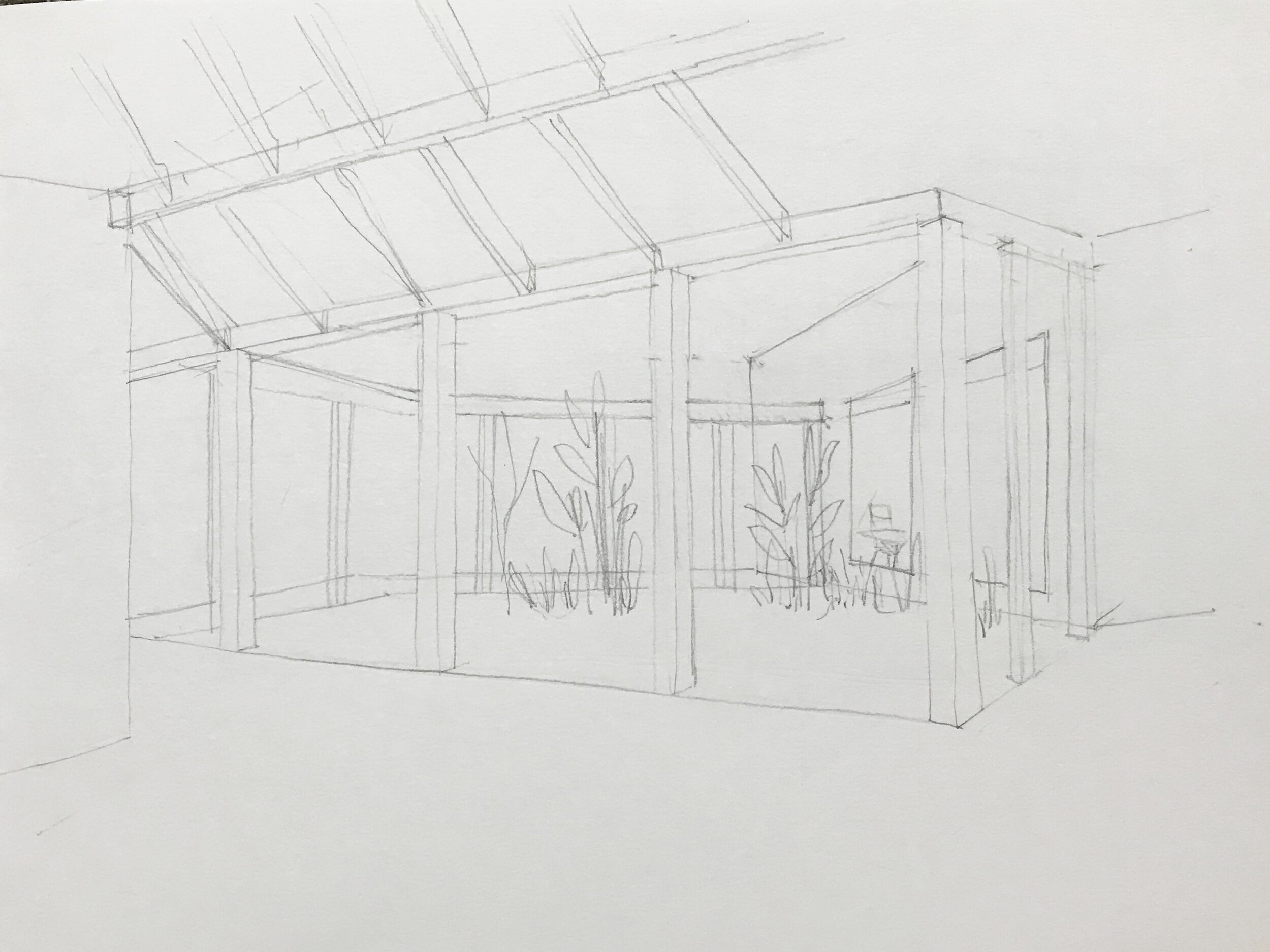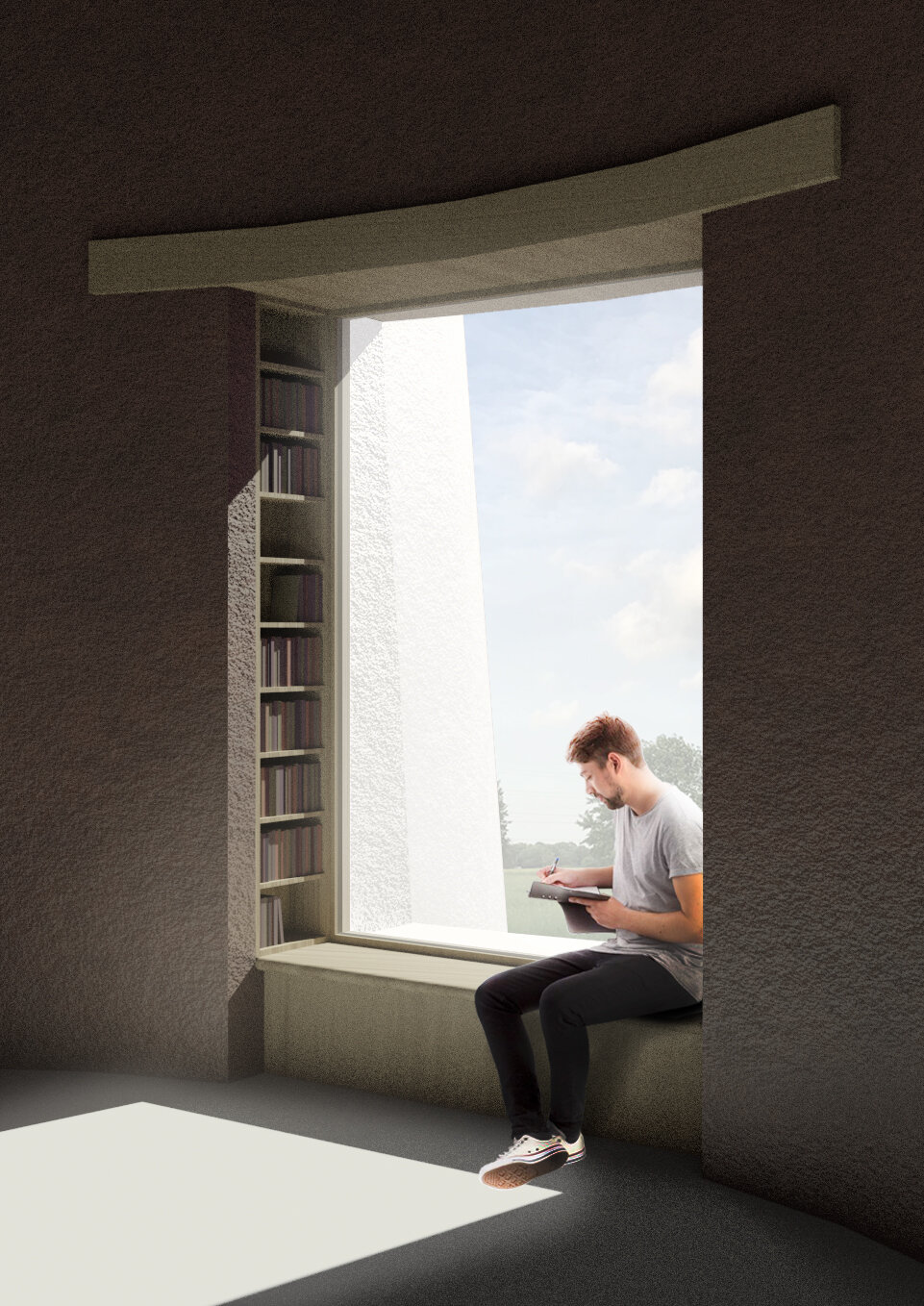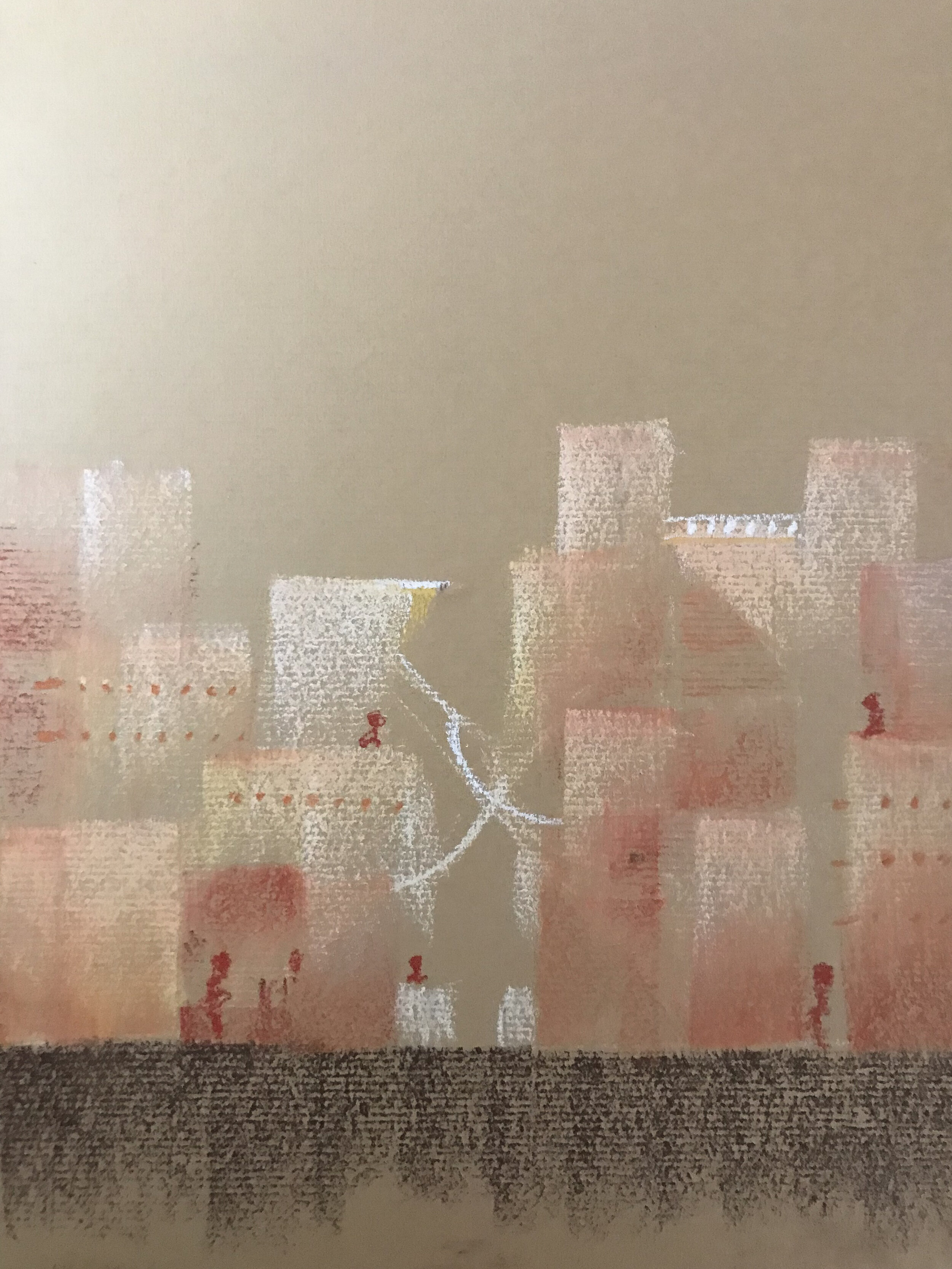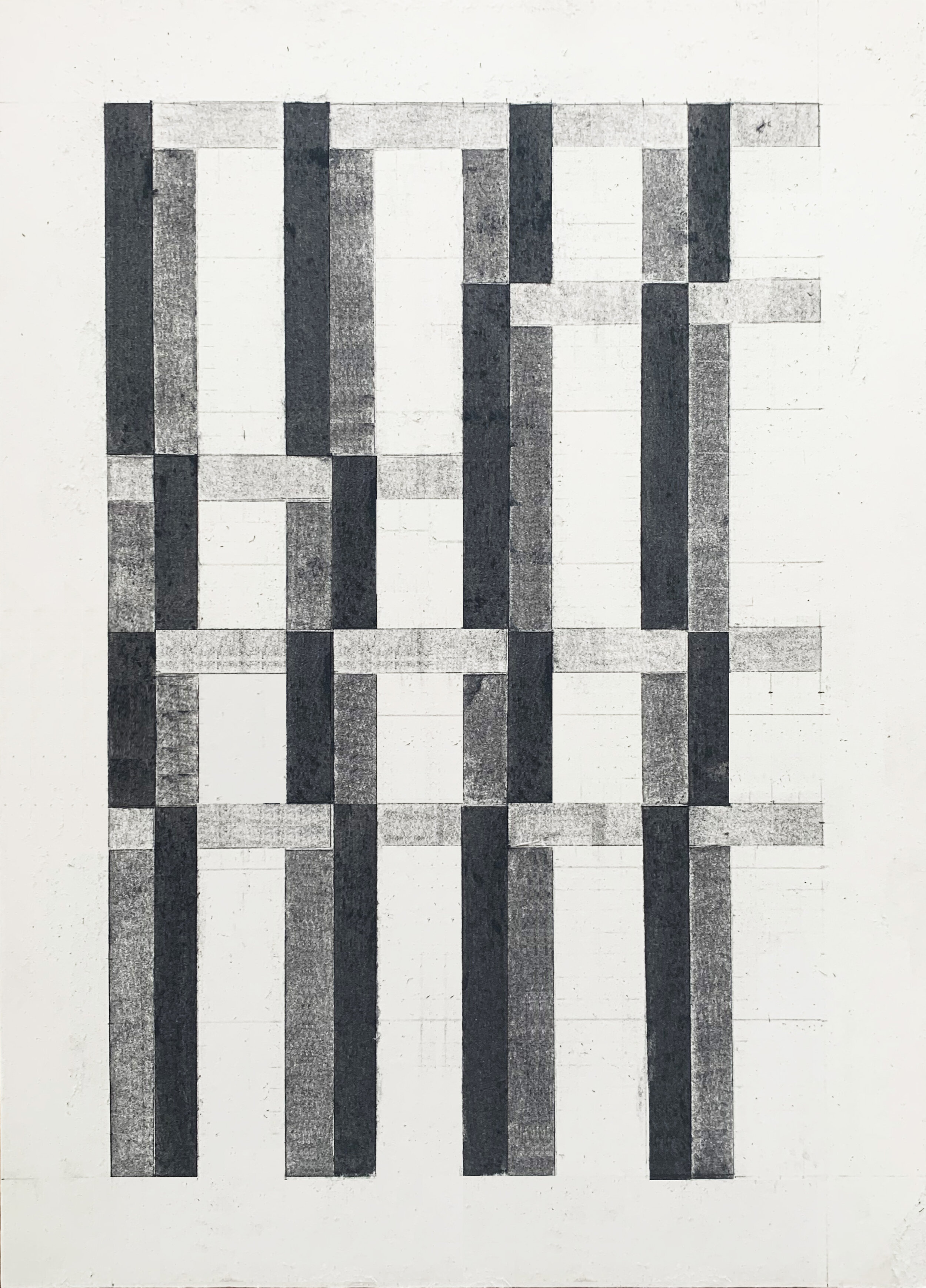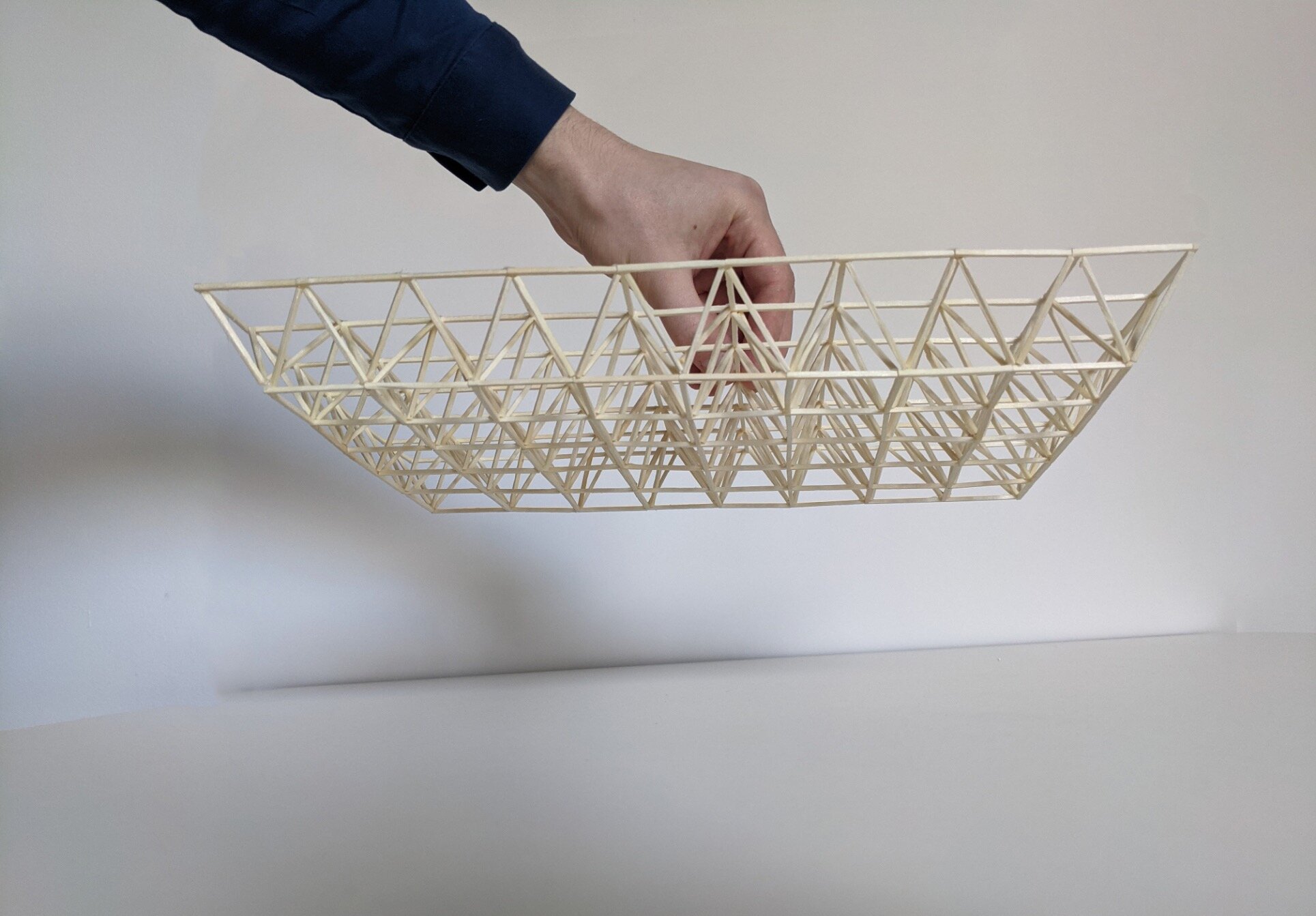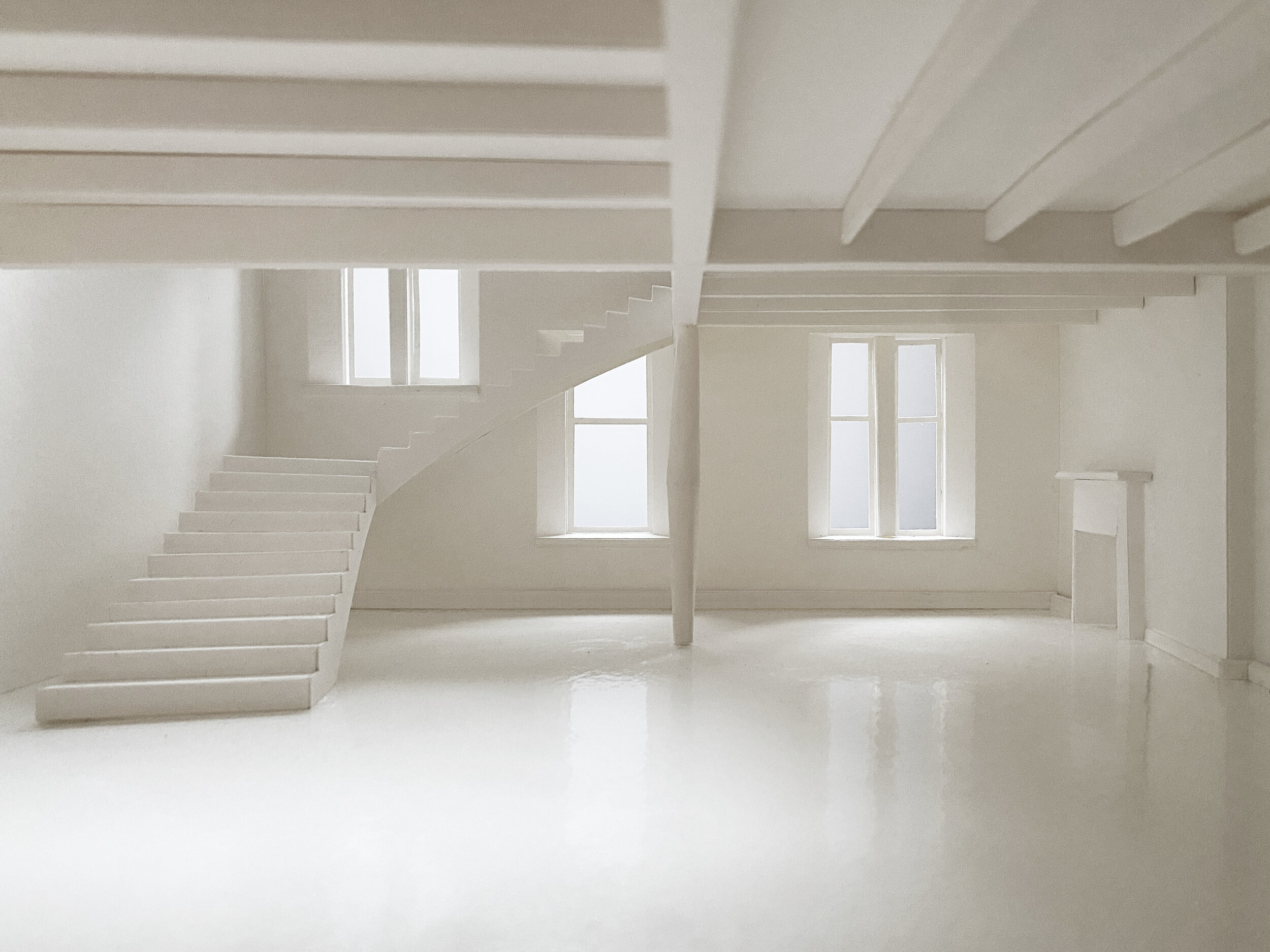
Unit 3 - Making Strange
Aoife Donnelly and Thom Brisco, with Bruno Silvestre
"a metonym for this state that we are now in, a clash and crisis and juxtaposition… the fevered dream of the anthropocene“
Robert MacFarlane on man's interruption of nature
Just as the planet calls on us to end our dependence on a high-energy culture, so must we amend our relationship with waste. How might we address the sheer volumes of waste generated through our current patterns of consumption and where within this might both the opportunities for our cities and the responsibilities for us as architects lie? How might we reinterpret the economics, cycles and movement of this system, alongside the long established visible and invisible infrastructures, and the role of our river networks?
We will ask what is the relationship between place and waste management and will consider how we might reframe the presence of these introverted and even taboo practices, as positive aspects of our public realm? In doing so, we will test the capacity of a public landscape, and its buildings, to exhibit the workings of a reshaped waste management infrastructure. Referencing the Roman method of Spolia, we see this as an opportunity, a resource that can generate material for us to build with, supporting ambitions of a circular economy. Might we open up processes of ‘urban mining’ (as the documentary photographer Ed Burtynsky calls it) to re-imagine mysterious operational sites as some of the most necessary, civic and generous spaces that our city might host? Could a study of material anthropology allow a better understanding of how we dwell, our relationship to use and re-use and the associated value systems and behaviours?
This year, Unit 3 will be studying the Wandle River Valley and in particular the peculiar Smuggler's Way waste transfer and recycling site at Wandsworth, where the Wandle meets the Thames. The site itself is impressive in scale, formed of an interconnected series of expressive and bold 1980’s structures designed by Chamberlin, Powell & Bon, that incorporate an 84,000 tonne per year Materials Recycling Facility. It has been observed that the boldly expressed steel frame 'imparts a surprising dignity to a complex with such a utilitarian purpose' and yet these are presently a largely introverted set of operations, some of which are presumably now defunct. There are opportunities for reconnecting local people with the severed river edges, designated as ‘safeguarded wharves’, and for relationships to be re-established with the rivers, both as servant corridors and as spaces for ecology and recreation. This chimes with Chamberlin Powell and Bon’s ambitions to entwine private and public space and combine multiple programmatic layers.
Mapping the lower reaches of the Wandle as it feeds to the Thames at territorial scale and at the scale of the wider site, will lead to the development of proposals for a connected landscape infrastructure as a first intervention, opening Smugglers Way up to form a better relationship with its surrounds and knitting it into a more generous and publicly accessible river infrastructure network. We will consider processes of collection, classification and cataloguing; of finding, breaking down, and remaking, as we conceive of masterplans for the site, referencing art practice and drawing synergies with bricoleurs and mud larkers.
We will develop our major design projects within this framework, augmenting and re-imagining the existing setting, through defamiliarizing proposals (through ‘making strange’) for the next chapter at the site, connecting to the theme of waste and material reuse. We will formulate an architecture that is aware of the cultures of waste disposal strongly established over the previous century in the Thames estuary and consider themes of re-wilding, flood and speculate futures that push against the forces of gentrification at play on all sides.
Our first task will be to engage with works such as Michael Landy's 'Break Down', commissioned by Artangel, Eloise Hawser's '800,000 tonnes: Talking Rubbish', watch a series of films from Greenaway to Wall:E and read a series of curated chapters around place, waste, memory and landscape.
We will start the year with an exploration of our site by bike, engaging with the Wandle and the Thames, the Smugglers Way site and a few gems such as the Sergison Bates housing project at the former paint factory, addressing the Wandle.
For our field trip we will travel to Marseille and Arles in the South of France, engaging with the new Atelier Luma site made by material and methodological innovators Assemble & BC Architects with Bas Mets, that embraces so well ideas of Spolia and bricolage. We will also encounter Le Corbusier’s Unité and import learnings around deployment of colour from this. We will also visit sites of antiquity, study generous tracts of public realm in the Old Port and the expansive stone constructions of Fernand Pouillon.
Key Words: Adhocism, Spolia, Material Anthropology, Infrastructures of waste
Students
Mohammed Alam, Zakaria Farrah, Eadan Filbrandt, Numan Hummayun, Alice Parker, Sadia Ali, Holly Crone, Julian Giraldo Zapaj, Fergus Gregorie, Meryem Hamandi, Sophie Hazeldine, Will Pike, Nimra Shahid



